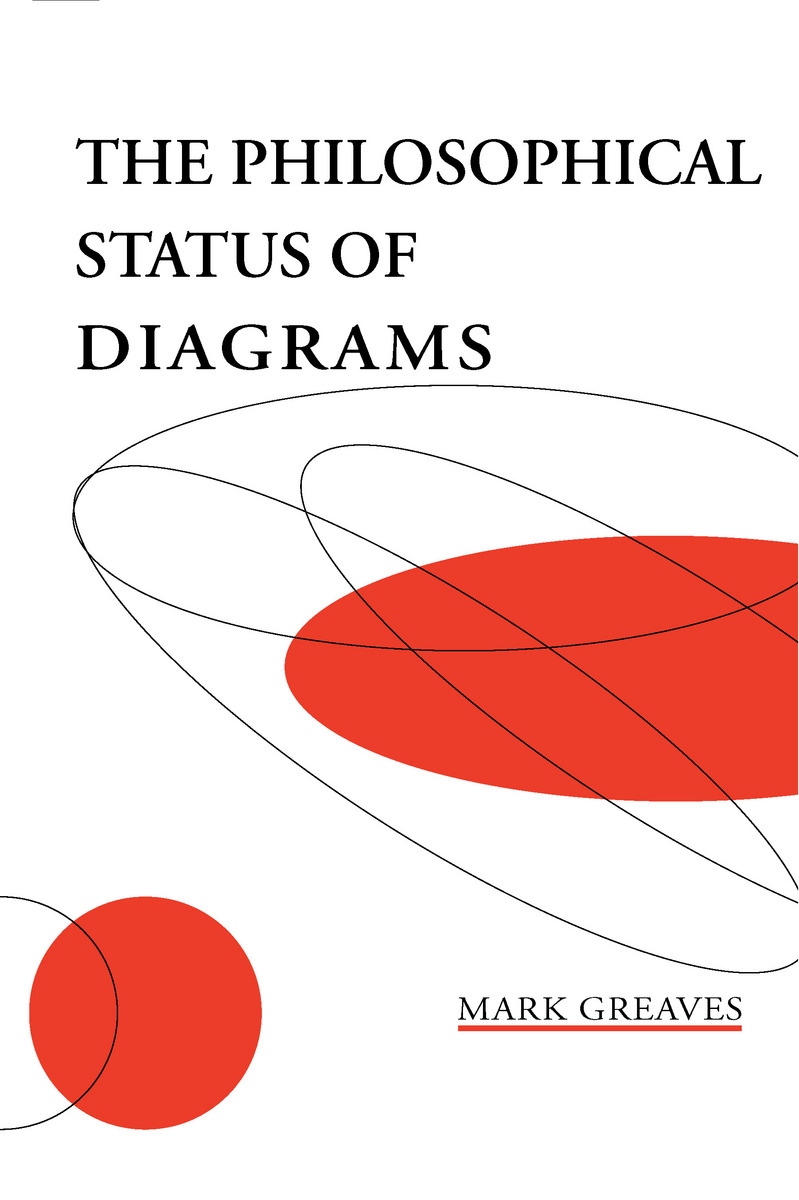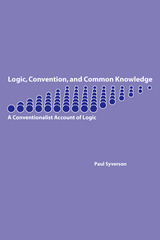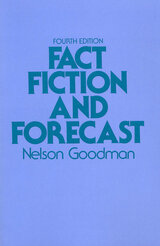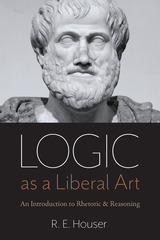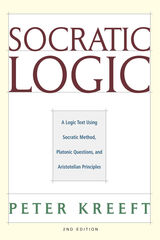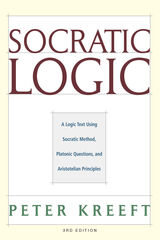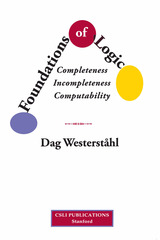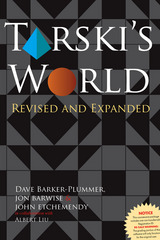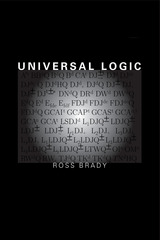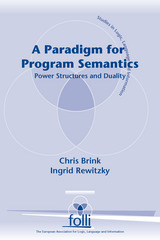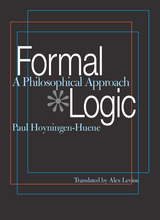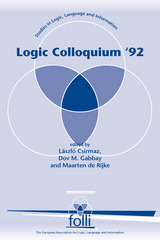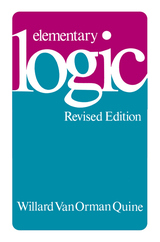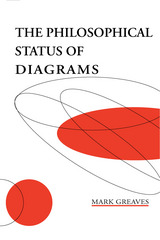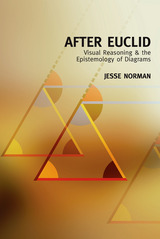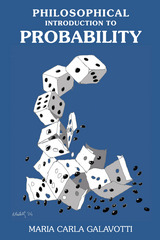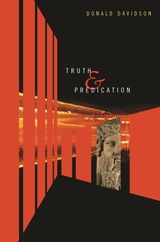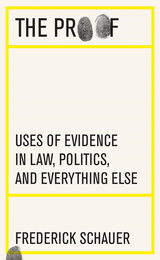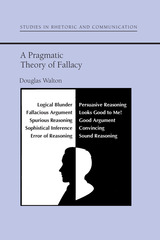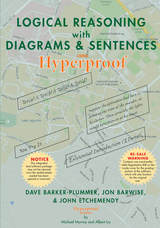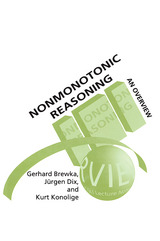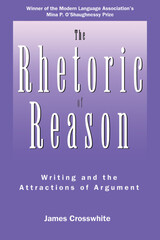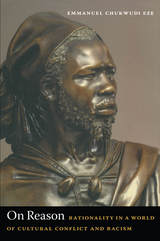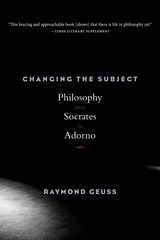The Philosophical Status of Diagrams
CSLI, 2001
Paper: 978-1-57586-294-1 | eISBN: 978-1-57586-919-3 | Cloth: 978-1-57586-293-4
Library of Congress Classification BC136.G74 2002
Dewey Decimal Classification 160
Paper: 978-1-57586-294-1 | eISBN: 978-1-57586-919-3 | Cloth: 978-1-57586-293-4
Library of Congress Classification BC136.G74 2002
Dewey Decimal Classification 160
ABOUT THIS BOOK | TOC
ABOUT THIS BOOK
The use of diagrams in logic and geometry has encountered resistance in recent years. For a proof to be valid in geometry, it must not rely on the graphical properties of a diagram. In logic, the teaching of proofs depends on sentenial representations, ideas formed as natural language sentences such as "If A is true and B is true...." No serious formal proof system is based on diagrams.
This book explores the reasons why structured graphics have been largely ignored in contemporary formal theories of axiomatic systems. In particular, it elucidates the systematic forces in the intellectual history of mathematics which have driven the adoption of sentential representational styles over diagrammatic ones. In this book, the effects of historical forces on the evolution of diagrammatically-based systems of inference in logic and geometry are traced from antiquity to the early twentieth-century work of David Hilbert. From this exploration emerges an understanding that the present negative attitudes towards the use of diagrams in logic and geometry owe more to implicit appeals to their history and philosophical background than to any technical incompatibility with modern theories of logical systems.
This book explores the reasons why structured graphics have been largely ignored in contemporary formal theories of axiomatic systems. In particular, it elucidates the systematic forces in the intellectual history of mathematics which have driven the adoption of sentential representational styles over diagrammatic ones. In this book, the effects of historical forces on the evolution of diagrammatically-based systems of inference in logic and geometry are traced from antiquity to the early twentieth-century work of David Hilbert. From this exploration emerges an understanding that the present negative attitudes towards the use of diagrams in logic and geometry owe more to implicit appeals to their history and philosophical background than to any technical incompatibility with modern theories of logical systems.
See other books on: Diagrams | Geometry | Linguistics | Logic | Logic diagrams
See other titles from CSLI
